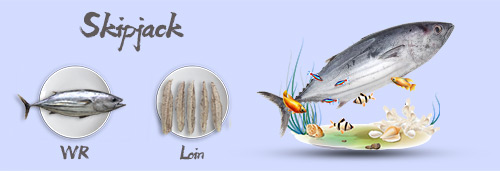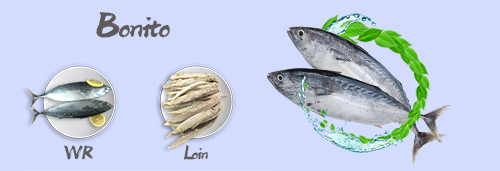Global Tuna Market Report 2018
[ 2018.09.14 ]
Based on type, the market has been segmented as canned, fresh and frozen tuna. Currently, canned tuna dominates the market, holding the largest share.
On the basis of end-markets of tuna, Japan represents the largest end-market, followed by the USA, Republic of Korea and others.
Based on the species, Skipjack tuna dominates the total tuna market. Skipjack tuna is followed by Yellowfin, Bigeye, Albacore and Bluefin.
The global tuna market reached a value of US$ 11.38 Billion in 2017.The global tuna market is being driven by factors such as increasing demand for processed/ready to cook tuna, rising disposable incomes and increasing per capita consumption.
Tuna is a part of the mackerel fish family, and a very important part of the global fishing scenario. Tuna is enjoyed worldwide fresh-cooked, frozen, canned and as sushi. Almost 60% of the total tuna comes from the West and Central Pacific Ocean (WPCO). Since the all tuna catch from this region is under the custody of the Pacific Island Countries, these countries use their tuna resources as a source of developing their economies. A reason for this is that many of these countries only have their tuna population to call a resource for economic development. It is a widely bought item by end customers, restaurants and canning industries as well.
Rising demand for canned tuna represents a major reason currently driving the global tuna market. The busy schedules of people today are inviting a rapidly increasing need for ready to eat food, canned tuna being a popular choice. Europe currently dominates the global list of regions importing canned tuna. Middle Eastern countries like Saudi Arabia, Israel and Egypt have come up as some of the largest importers of tuna in the world.
This has to do with the fact that import duty fees for canned tuna are very less in the Middle East. Another reason or the popularity and demand of canned tuna is its shelf life. Many countries are developing rapidly and their natives are switching to easy to cook, long-lasting and internationally loved food items. These preferences of the people are a reason for the increasing worldwide consumption of canned tuna. With increasing health consciousness, many people are shifting from canned tuna to fresh and frozen tuna. The biggest importers of frozen and fresh tuna include China, North America and Western Europe. Even though they cost considerably higher than canned tuna, people are willing to pay, facilitating higher economic value for the worldwide tuna trade. The tuna market can only expect steadily growing value if people keep up with their food preferences.
Looking forward, the market value is projected to reach US$ 13.75 Billion by 2023, expanding at a CAGR of 3.2% during 2018-2023.







